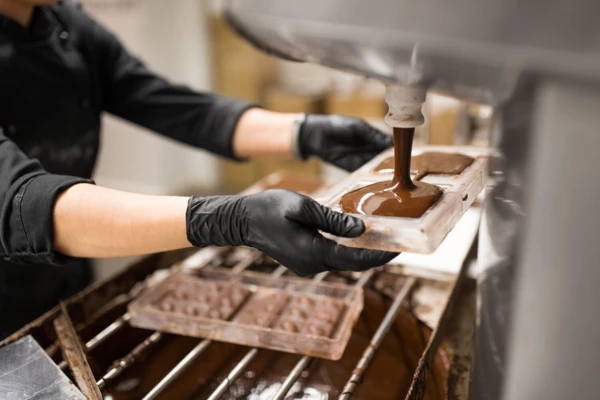Benefits of using toddlers’ booster seats
One of the leading causes of injuries or deaths of children between 2 – 14 years old is car accidents. According to the United States statistics, five kids die in a car accident each day and over 900 kids die and m168, 000 other injured in a car crash. Most parents don’t know that they can easily prevent these accidents by using baby and children’s booster seats.
So, if you are wiser enough to protect your child from accidents, invest once on these products. Once your child has outgrown these seats, you should now think about investing in booster seats. Here are other benefits of buying booster sites for your kid:
Used for grown kids for safety
Booster seats are perfectly meant for mature kids who can no longer use prams and stroller. Once you noticed that your child could no longer fit in the seatbelt and the shoulder harness doesn’t fit appropriately.
They raise a child up
Most buyers prefer using booster seats because they are designed to lift the child in a higher position so that the seatbelt can fit perfectly over the kid’s shoulder and lap. The National-Highway-Traffic-Safety Administration (NHTSA) usually recommends that all little kids be restrained properly in the booster seats.
When to buy a booster seat for your kid
However, most parents are typically unable to tell whether their children have outgrown their seats or not. The child who has outgrown the seat should be placed in a booster, especially when their shoulders are placed over the seats’ top harness slots. A child also needs booster seats when they reach the heavier weight and height.
The height and weight limits and instructions are typically posted on booster seats. Lastly, a child should be upgraded to a booster seat, especially when their ears have reached the seat’s highest point. Parents who always restrain their kids in booster seats still use these seats inappropriately.
Recommendations
Before you start using seat boosters to carry you kid, take your time and read the entire instruction thoroughly until you understand how to use it. Reading the instructions properly will assure you that the seat has been installed properly for your child. One study conducted by the child’s protection unit shows that about 70% of the entire kids’ restraints are usually used inappropriately. Incorrect use of child hinders seat can greatly increase the child’s danger of getting hurt when a collision impacts the vehicle.
Conclusion
NHTSA recommends baby and children’s booster seats for children aged 12 years old, and they should be installed at the back of the seats rather than at the passengers sit. The passengers sit the risks of suffocations and injuries that are like to occur at the front seat.




